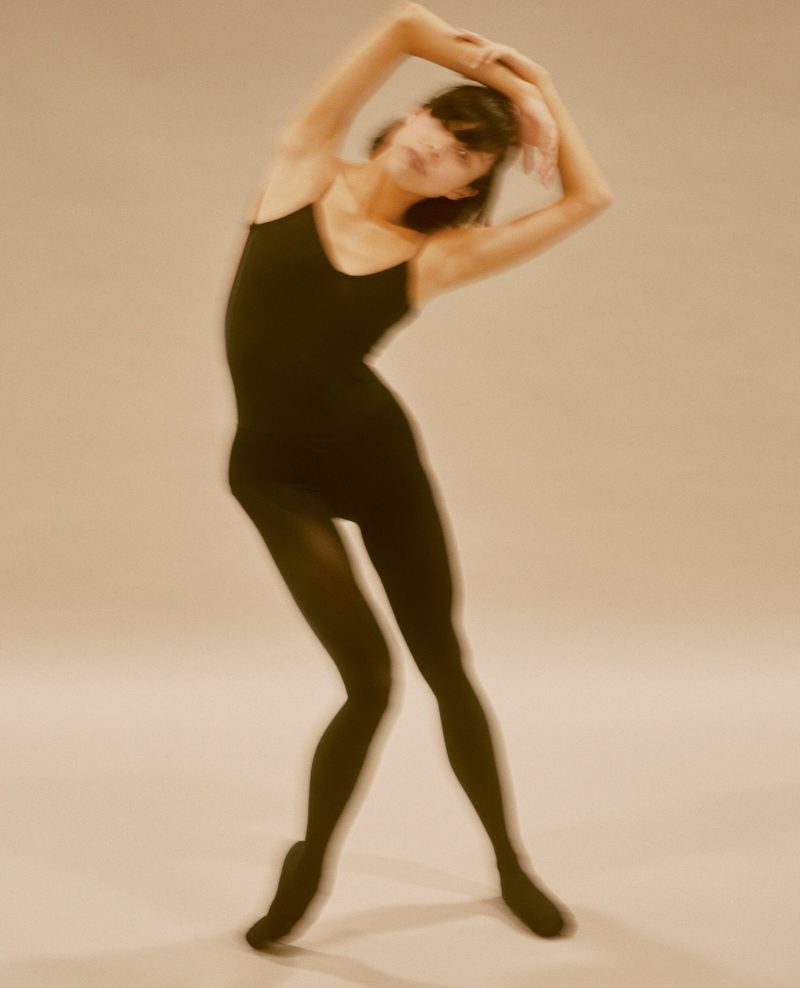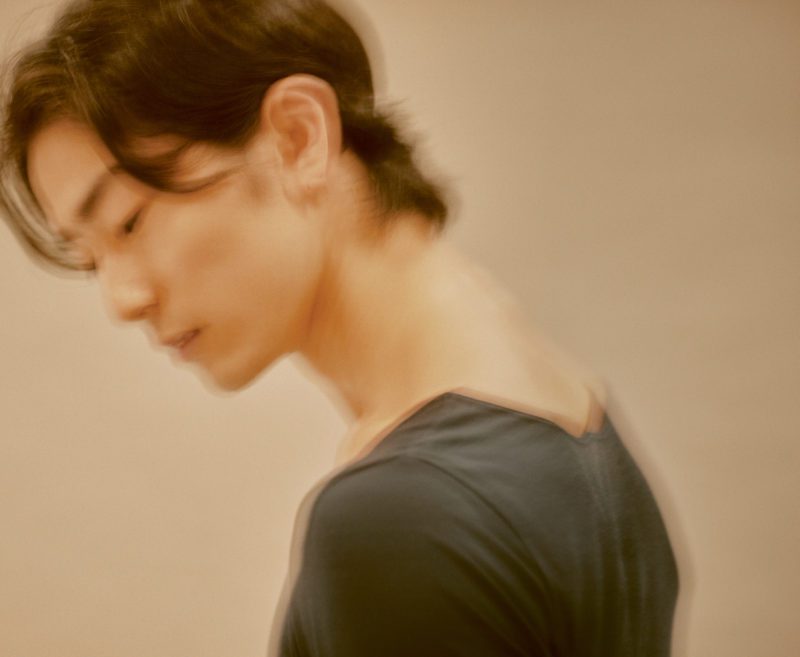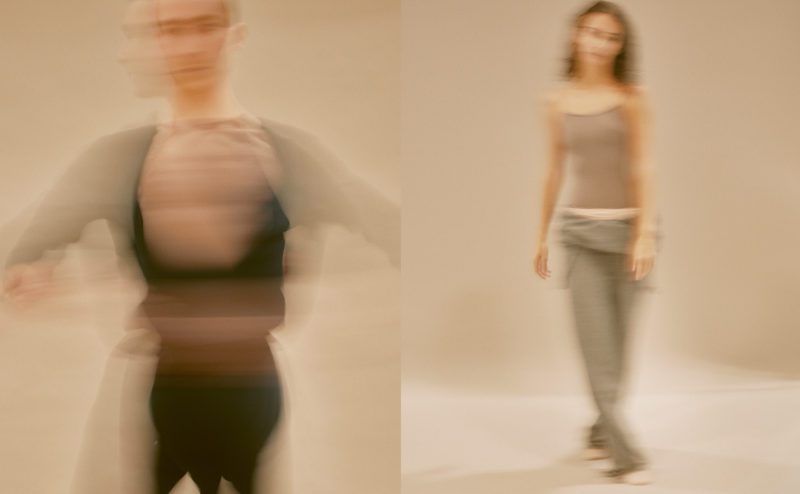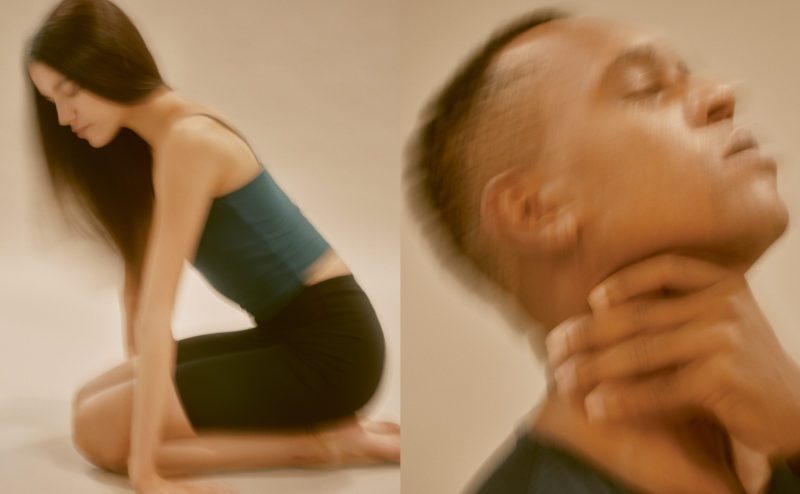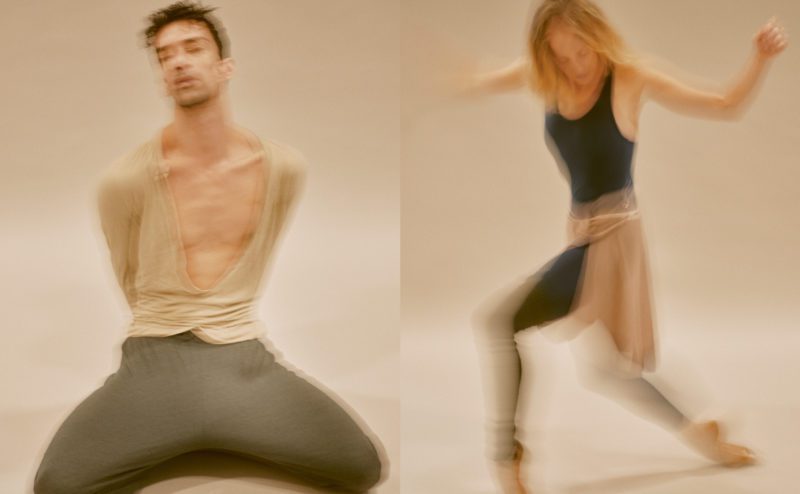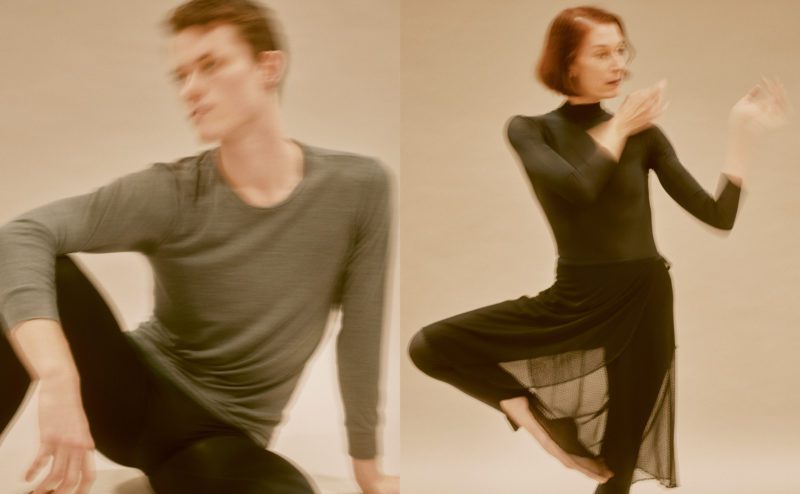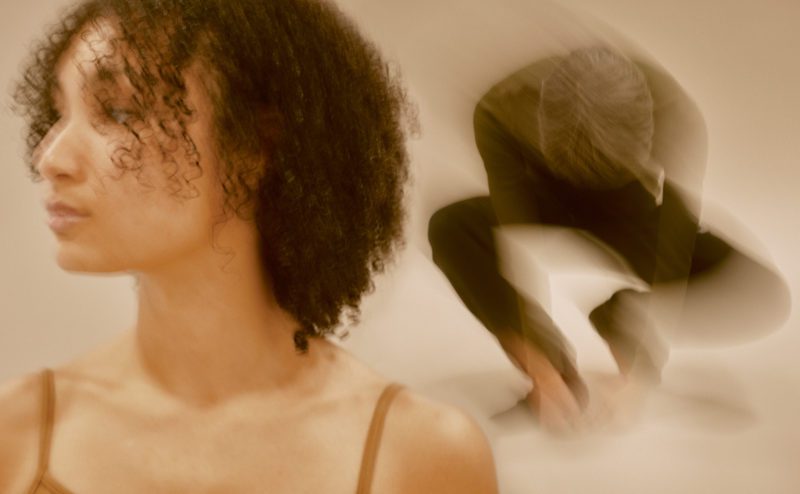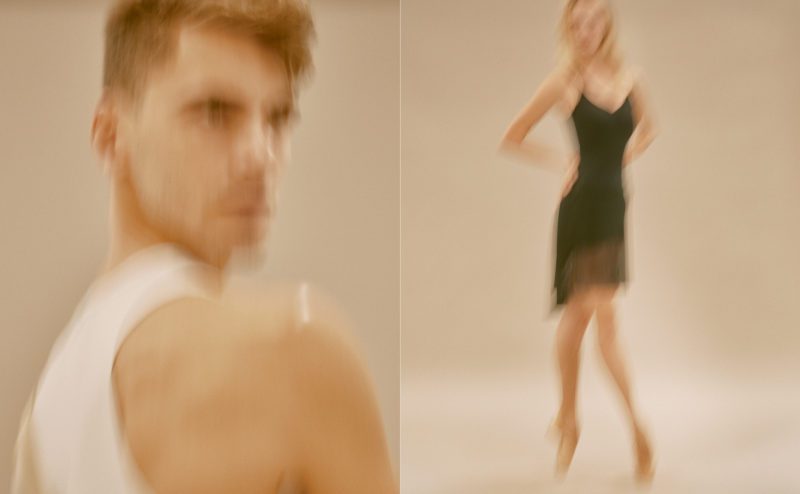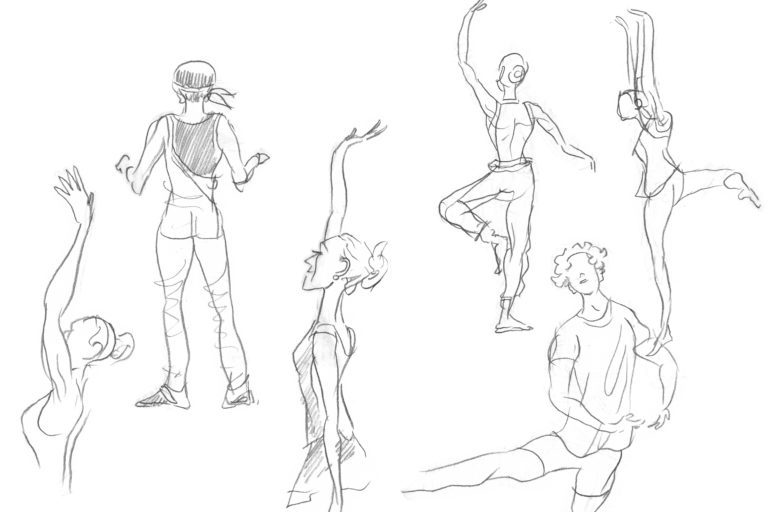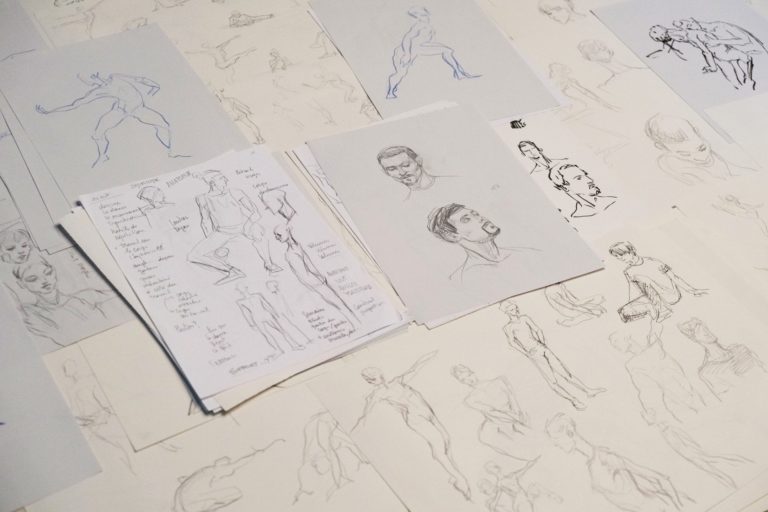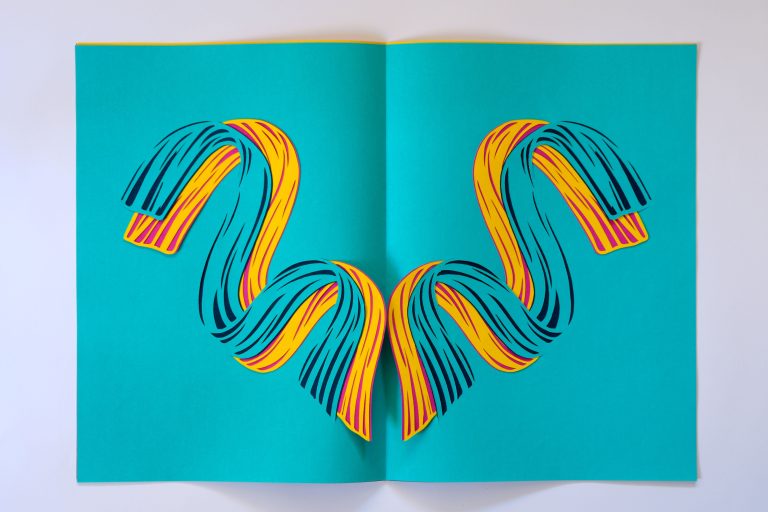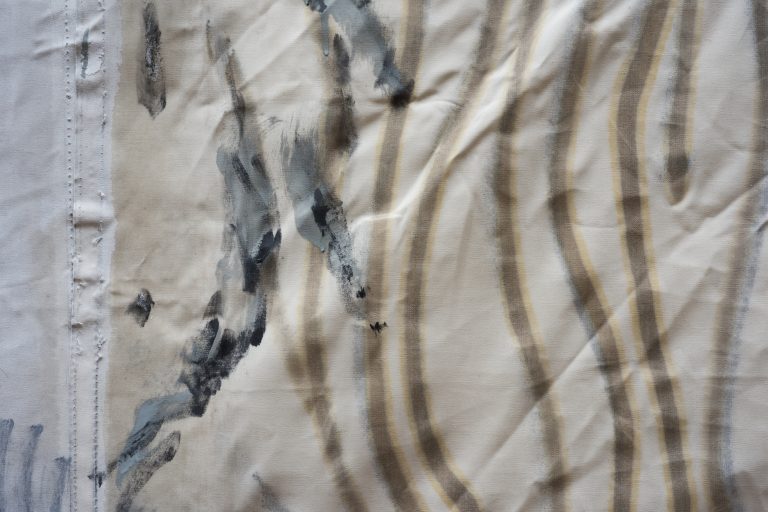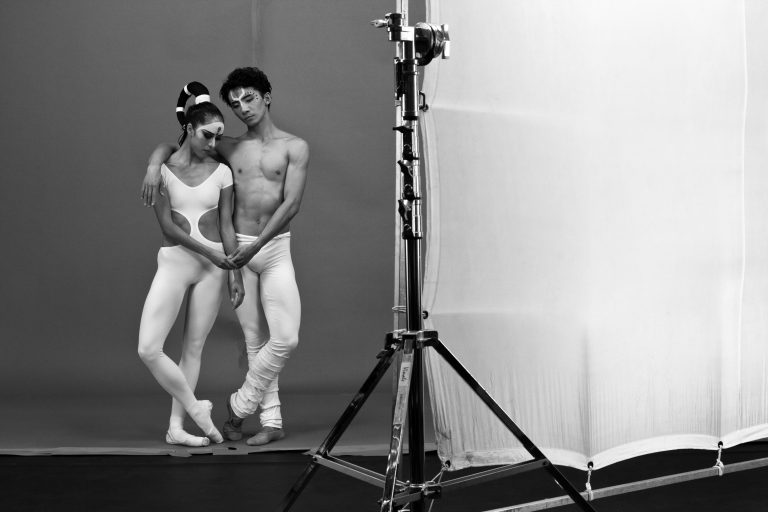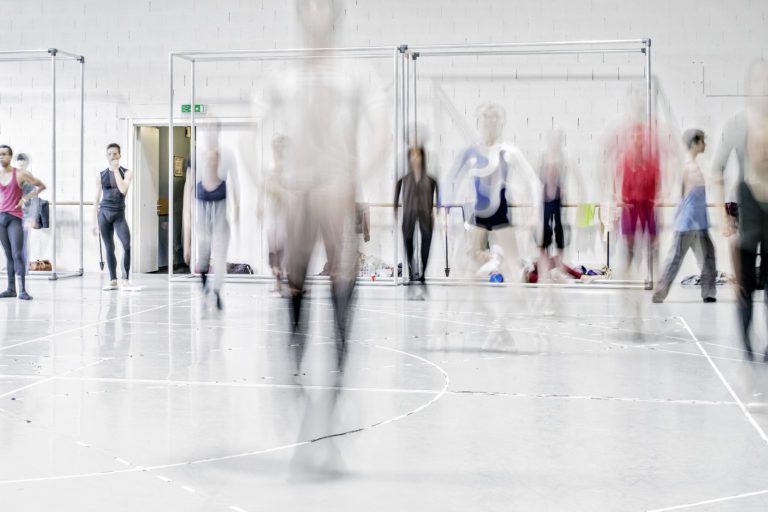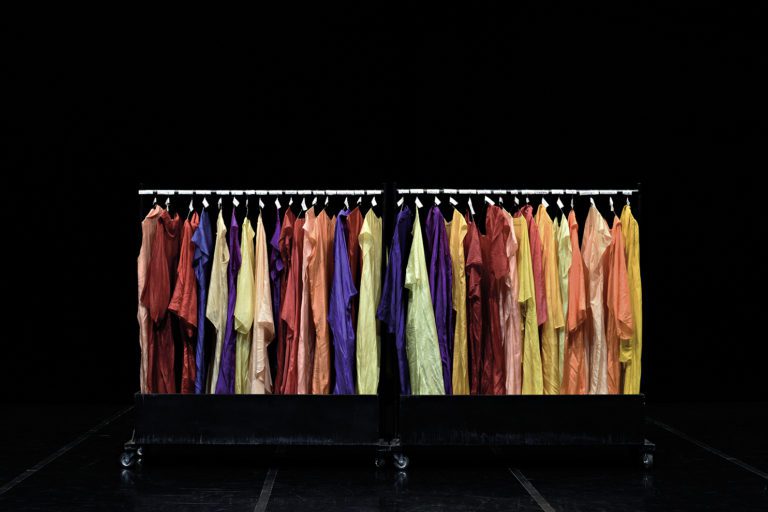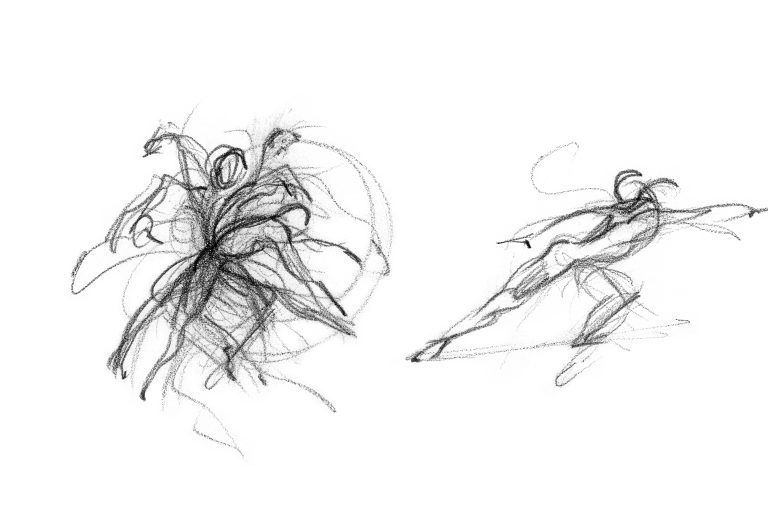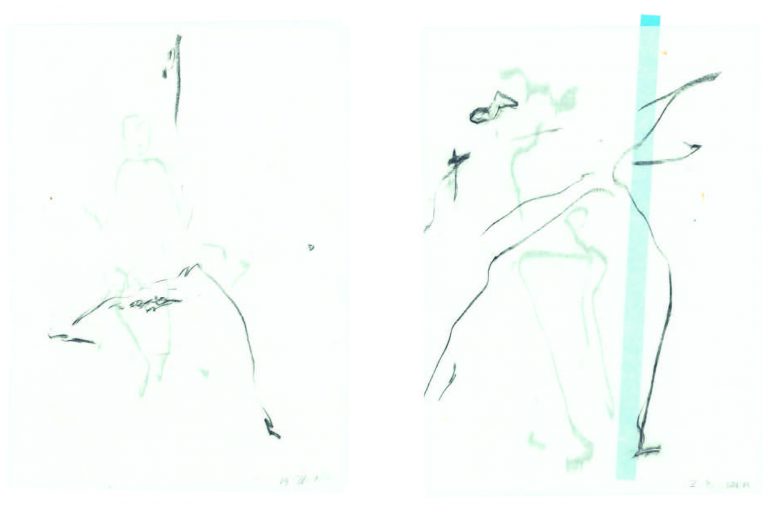Anoush Abrar
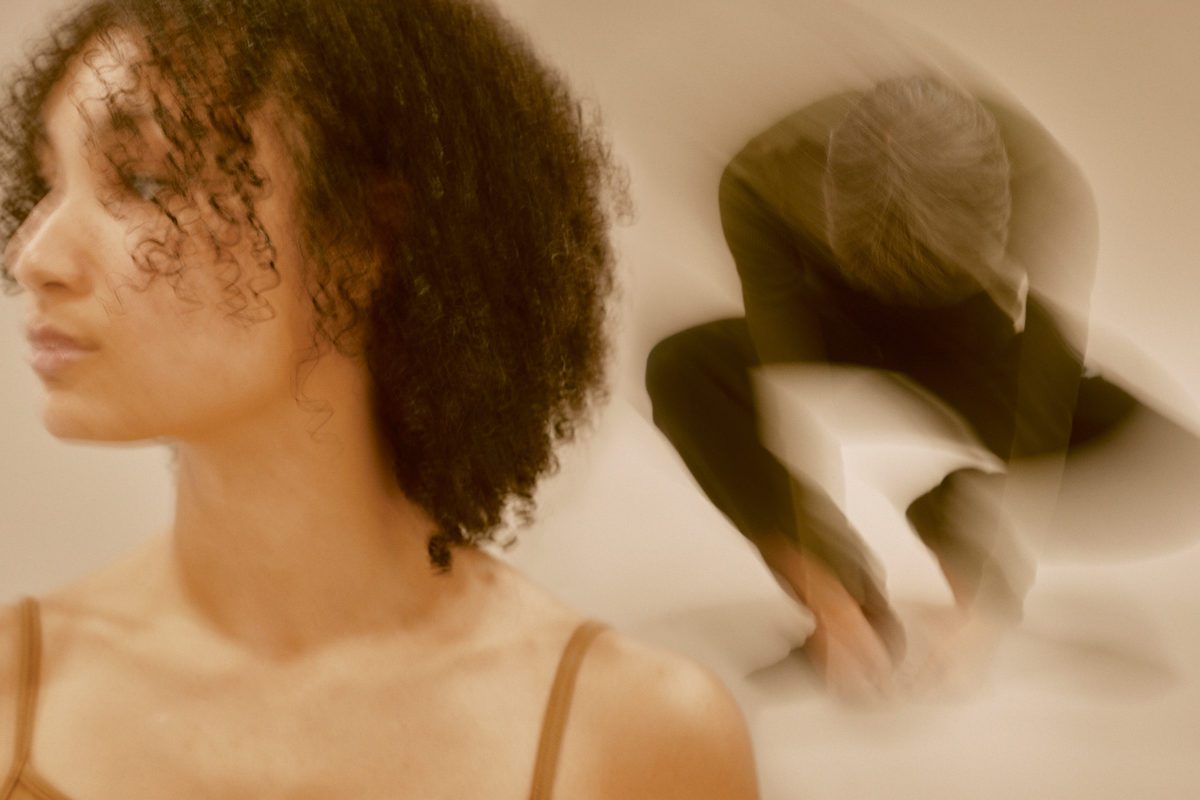
Twice a year, the Bejart Ballet Lausanne invites a Swiss artist to create its own art project in line with the company.
Anoush Abrar | Let’s dance together
“My goal was to make these dancers desirable. They are all so beautiful! I had to find a way to create a dimension close to fantasy. I had to figure out how to make these bodies, these minds, these artists desirable,” says the photographer Anoush Abrar, who was commissioned by the BBL to create this portfolio.
Anoush Abrar, a well-known portrait and fashion photographer, had never taken dance pictures before. However, he was not unfamiliar with the world of dance: “As a student in Lausanne, I used to deliver medicines to earn some money. Sometimes I brought them to the BBL. I also once used the company’s space for a fashion shoot. I was also responsible for the Prix de Lausanne communication for two years. Beyond these occasional activities, I knew nothing about dance as an art form. I was not interested in that. I wanted to take portraits of women and men, not to capture a dancer’s expert gestures in action.
Anoush Abrar chose to use a minimalist shooting device. He used a room at the BBL that is usually used for rehearsals, with ordinary neon lights as his only source of light. A neutral colored background, an SLR camera, and models dressed in their simple rehearsal clothes, that’s all. “I had to be creative from then on. My subject was the Béjart Ballet Lausanne, after all! I had to live up to that creativity.”
The photographer then created his own visual choreography. He asked the dancers to move slowly in front of his camera. For example, turning their heads, moving a limb, standing up, or stretching. “I wanted to capture the origin of a movement, before the body suddenly accelerates. I was looking for the concentrated, vibrant energy that precedes the expressive explosion.”
Anoush Abrar was able to capture the essence of movement by using a relatively slow shutter speed, a quarter of a second, and by slightly moving his camera. “It was difficult. I couldn’t do too much or too little. I wanted to dance together, them with their bodies and personalities, me with my camera. It wasn’t easy to create this shared choreography, but I think we managed to do it.
The photographer then worked on his images a little. He gave the series a dominant beige tint in post-production, adding warmth, softness and homogeneity. The other constant element is the blur, so evocative of these artists’ deep, ever-changing nature. Dance’s existential dimension and relentless demands are reflected in the aesthetic quality of the work.
Anoush Abrar was born in 1976 in Tehran and arrived in Switzerland at the age of 5. He planned on studying engineering, but his desire for human contact brought him to the ECAL, where his application was not accepted. However, Pierre Keller, the school’s director at the time, knew that talent is not always easy to see at the beginning. After discovering the young man’s portfolio, the director gave him a chance, on probation and with the usual Kellerian commandment: “You’ll have to work!”
Anoush Abrar worked hard, to the point of being a professor at the ECAL since 2003. His portraits and fashion pictures are published in many Swiss and foreign magazines. His work has been shown three times in an international competition at the National Portrait Gallery in London. He is equally interested in the Balkan working class and in film stars, treating his models with the same simplicity and communicative enthusiasm. So, let’s dance?
Luc Debraine
Journalist, Director of the Swiss Camera Museum in Vevey
